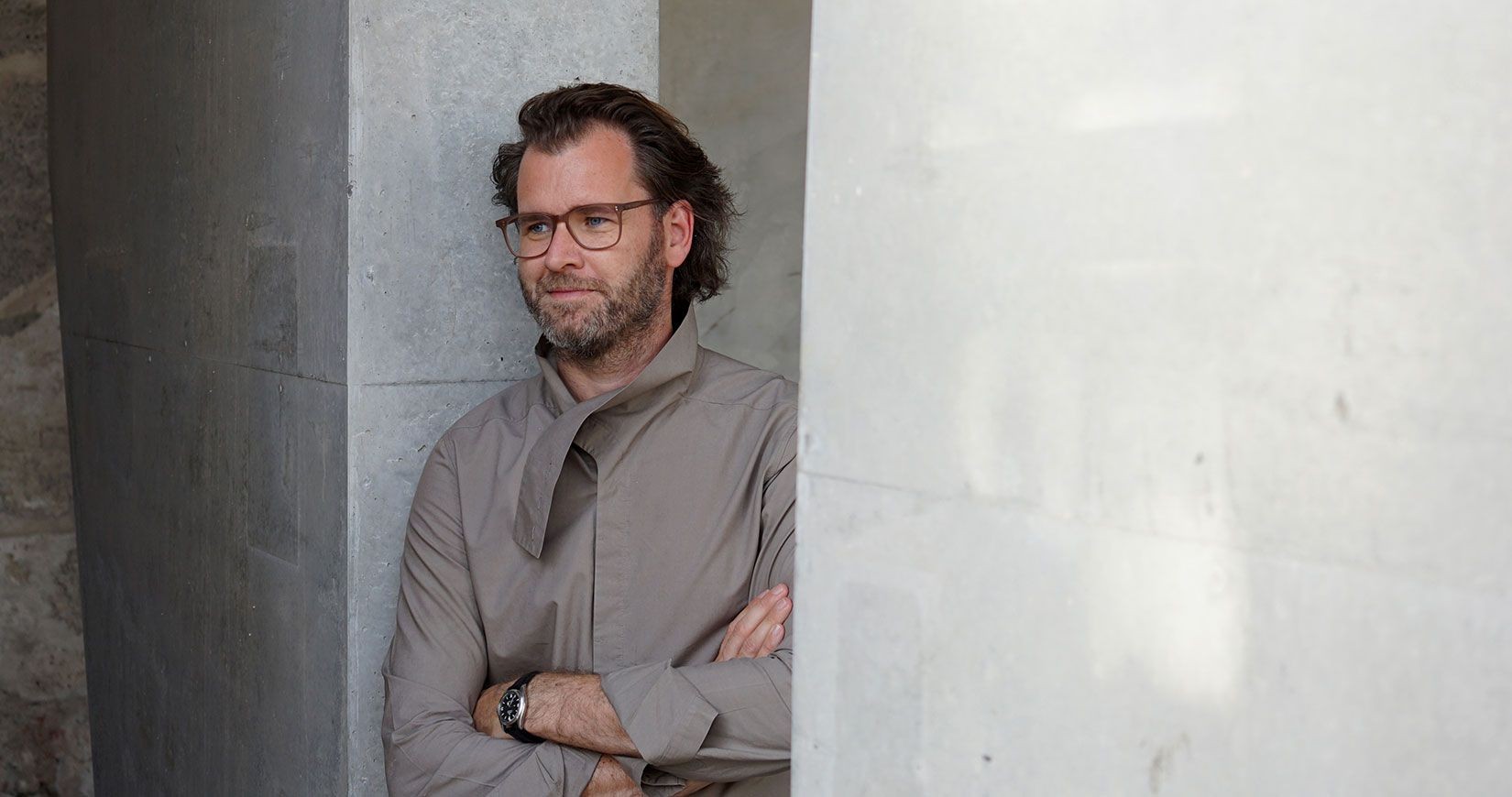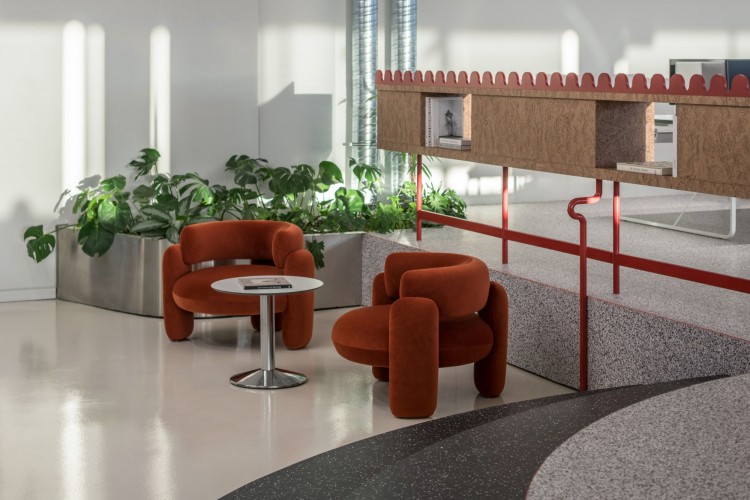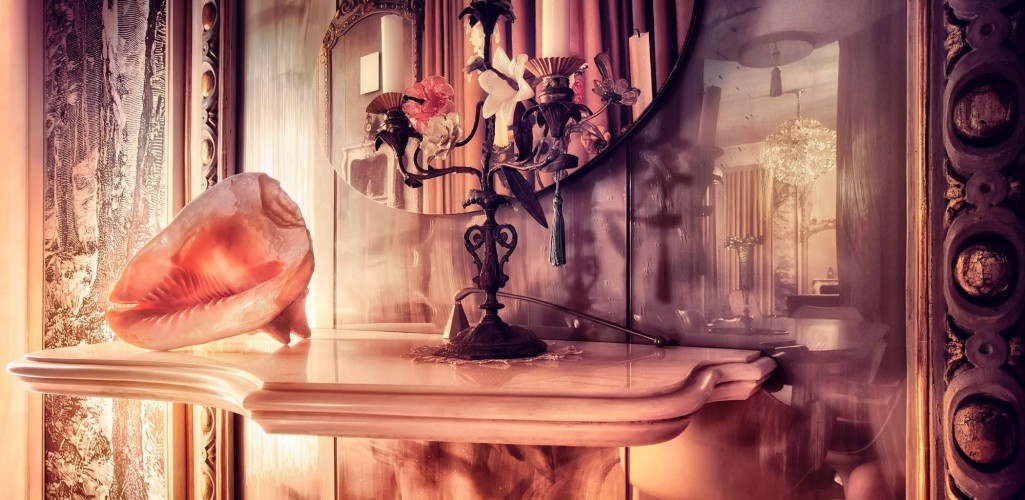Anne Holtrop: Στο μεταίχμιο του πιθανού
DS.WRITER:
Tasos Giannakopoulos
Κεντρική Εικόνα: Hans Holtrop | ideantity.ae
O Anne Holtrop είναι ένας Ολλανδός σχεδιαστής και αρχιτέκτονας που γεννήθηκε το 1977. Θέλει να γίνει καλλιτέχνης από μικρή ηλικία, αλλά αποφασίζει να σπουδάσει αρχιτεκτονική. Στη συνέχεια, μαθητεύει για περίπου πέντε χρόνια στον εικαστικό Krijn de Koning και το 2009 ανοίγει το δικό του αρχιτεκτονικό γραφείο, το οποίο έχει έδρα στο Amsterdam της Ολλανδίας και στο Muharraq του Bahrain, μιας και μεγάλο μέρος της δραστηριότητας του στούντιο βρίσκεται εκεί. Το 2015 ολοκληρώνονται το Μουσείο Fort Vechten στην Ολλανδία και το Εθνικό Περίπτερο του Βασιλείου του Bahrain, δύο σημαντικοί σταθμοί στην πορεία του γραφείου. Από τον Γενάρη του 2019 λειτουργεί ως καθηγητής στο πανεπιστήμιο του ΕΤΗ της Ζυρίχης και η υλικότητα είναι το βασικό ενδιαφέρον της δουλειάς του, τόσο ακαδημαϊκά όσο και σχεδιαστικά.
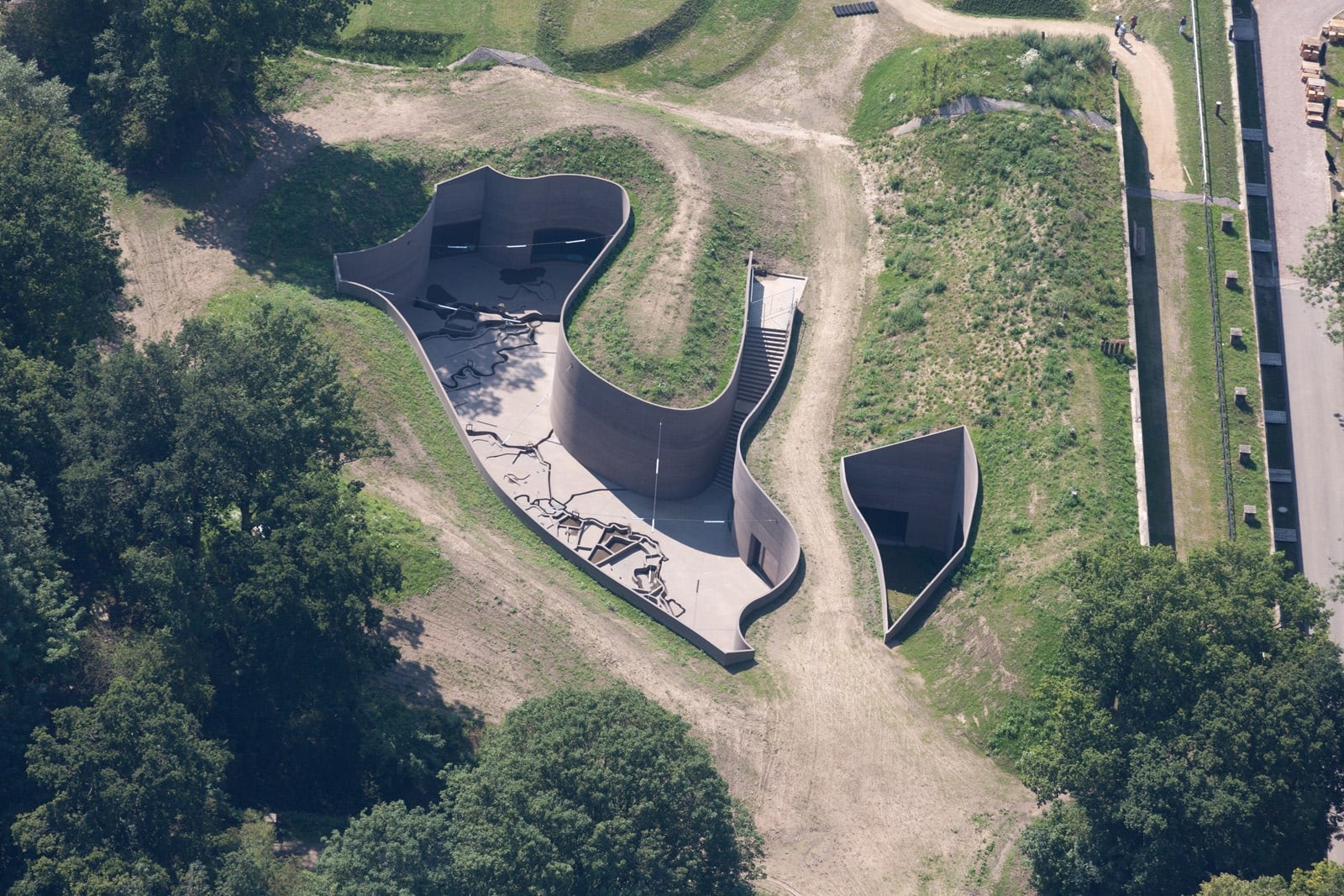
Fort Vechten Museum | urbannext.net
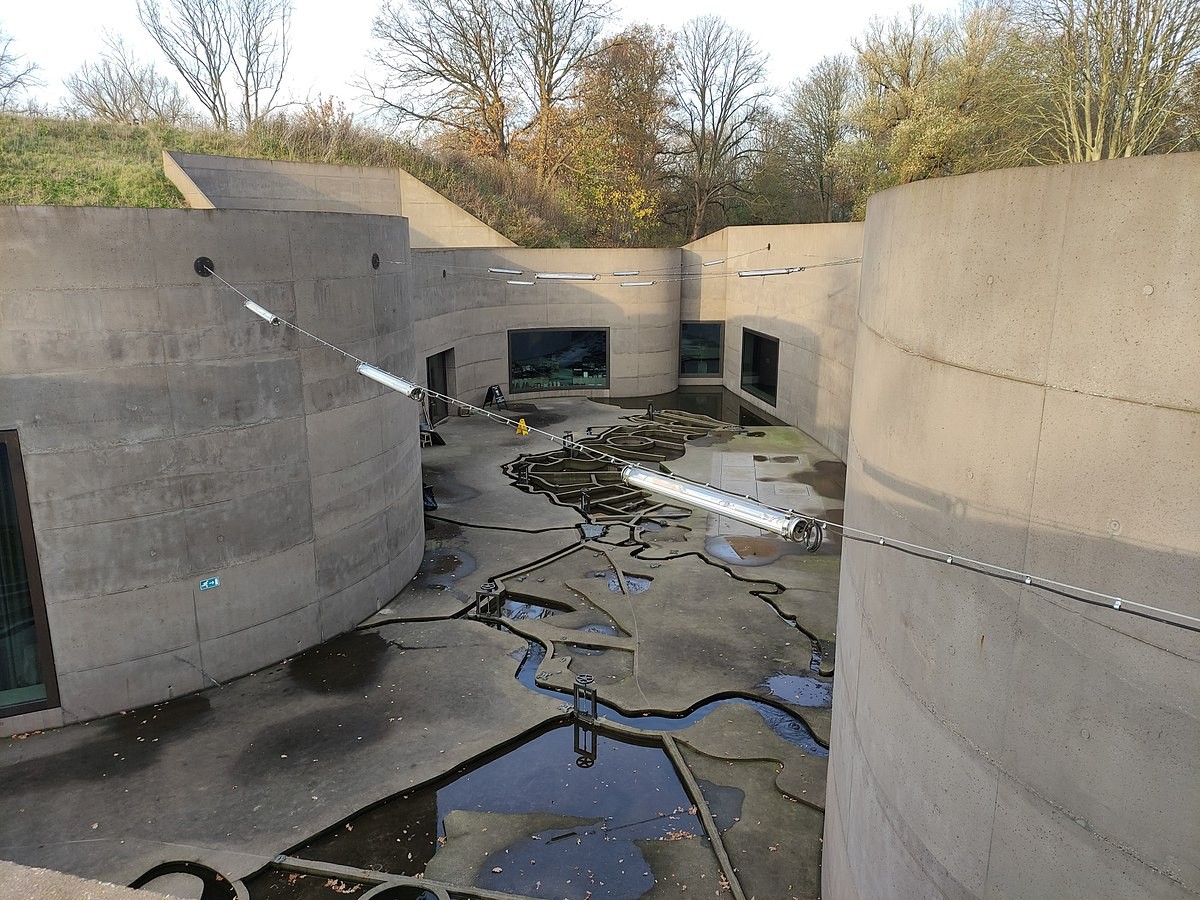
Fort Vechten Museum | commons.wikimedia.org
Από το κατάστημα για τον οίκο Margiela στο Λονδίνο μέχρι το πολιτισμικό κέντρο Green Corner Building στο Muharraq, η υλικότητα του έργου του Holtrop είναι προκλητικά εμφανής και καταδηλωτική. Φέρνει στον νου με ευκολία φυσικές, αρχέγονες μορφές που κατακλύζουν τον χώρο και τις αισθήσεις. Το φαινομενικά ακατέργαστο, οι ακανονιστίες και οι ελεύθερες γεωμετρίες είναι χαρακτηριστικά των χώρων και των αντικειμένων που δημιουργεί. Δεν κατασκευάζει ενιαία περιβάλλοντα σαν σπηλιές ή υψίπεδα, αλλά περισσότερο διαστρεβλώνει τα διακριτά στοιχεία που χρησιμοποιεί έως τις διακοσμητικές τους αρχές, με αρκετά σαφές αρχιτεκτονικό και σχεδιαστικό συντακτικό. Ο ίδιος αναφέρει πως του αρέσει το οργανικό και απρογραμμάτιστο, και πως προγραμματικές, λειτουργικές και τεχνικές προϋποθέσεις δεν παραμελούνται, αλλά επιδιώκει περιορισμούς πέραν καθαρά σχεδιαστικών αρχών.
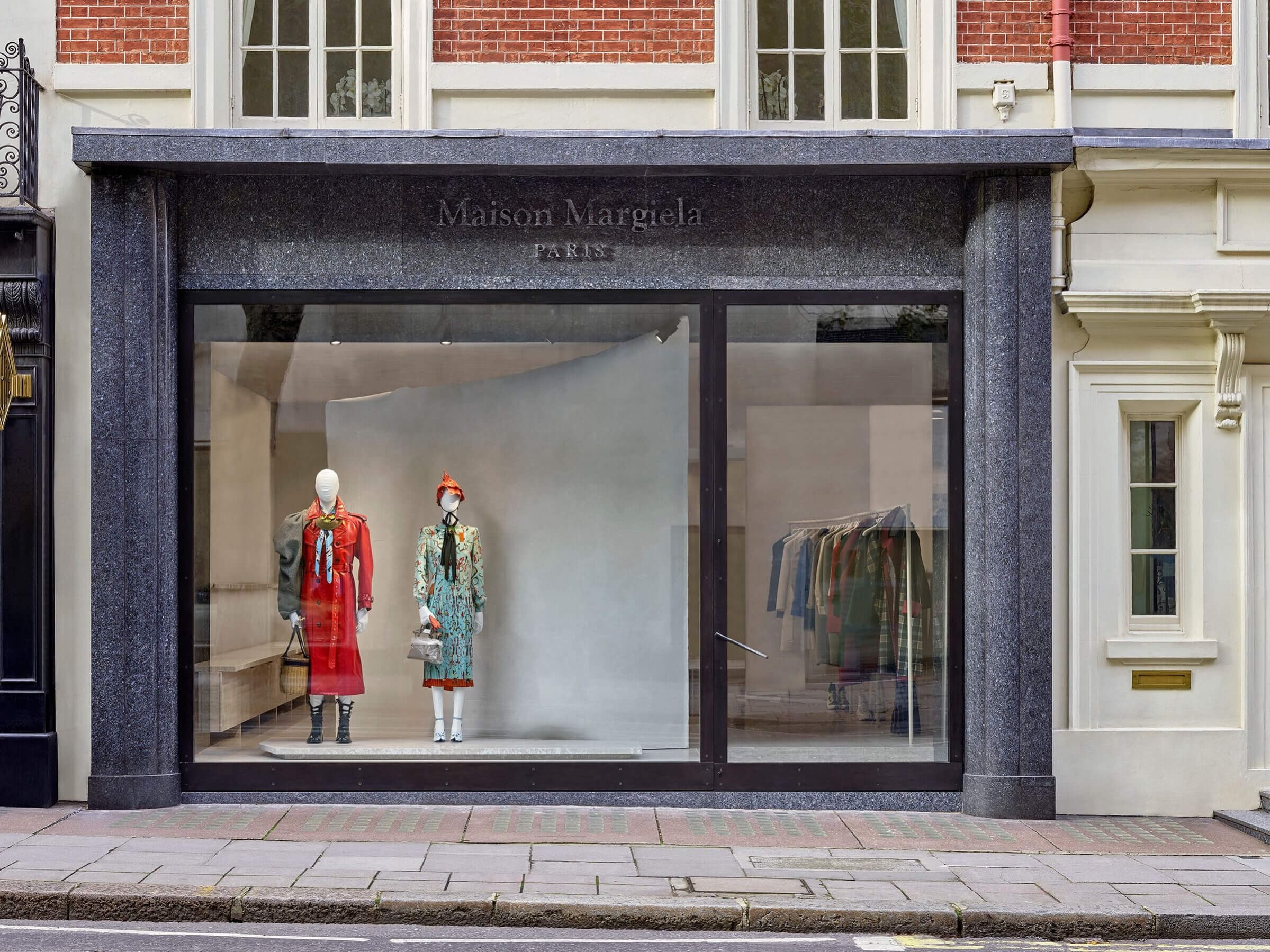
Maison Margiela | archello.com
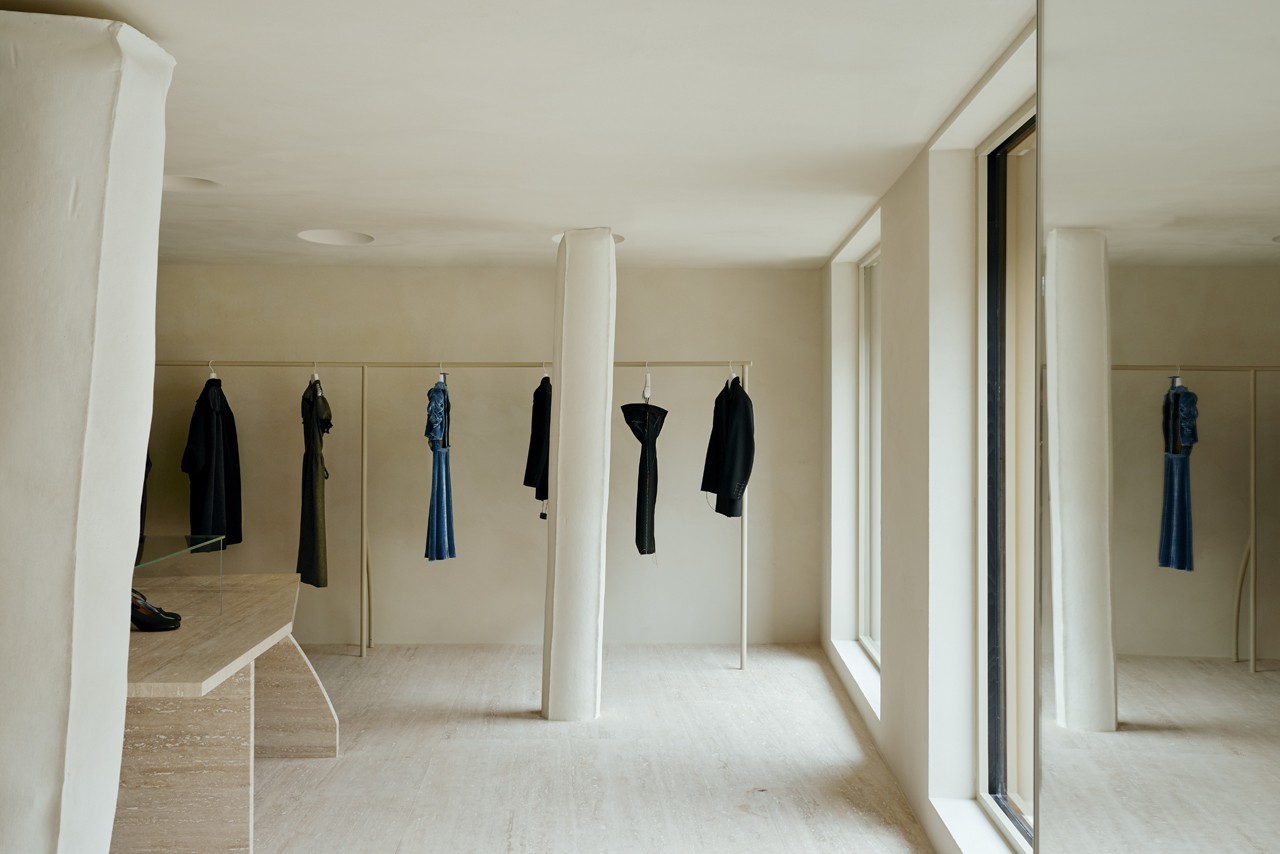
Maison Margiela | somewhere-magazine.com
Όπως με την προηγούμενη ιεραρχία στη συνθετική διαδικασία, και με παρόμοιο στόχο με αρκετούς άλλους -Ευρωπαίους κυρίως- σχεδιαστές της γενιάς του, επιδιώκει να κινηθεί πέραν της μεταμοντέρνας παράδοσης των πολλαπλών και μερικές φορές ανεξέλεγκτων ιστορικών αναφορών, δημιουργώντας ένα έργο που θεωρητικά δεν έχει καμία αναφορά, έχοντας ως αφετηρία στη σχεδιαστική του διαδικασία αντικείμενα και σχέδια έξω από την αρχιτεκτονική. Ο ίδιος αναφέρει πως πολλές φορές μπορεί να ξεκινήσει να σχεδιάζει από μια κηλίδα μελάνης ή φόρμες που βρήκε κάπου, ξεπερνώντας το εμπόδιο τόσο του λευκού χαρτιού όσο και άλλων αναζητήσεων των προηγούμενων γενιών, όπως αυτά της ιστορίας, της συνέχειας, της παράδοσης, της τυπολογίας και λοιπών άλλων. Αυτό το αποκαλεί “πιθανή αρχιτεκτονική” -possible architecture-, υπό την έννοια της ελεύθερης δημιουργίας χώρου και μορφών, το οποίο στα δικά μου αυτιά είναι περισσότερο μια απλοποιημένη διατύπωση του alles ist Architektur και του αντίστοιχου μανιφέστου του ιδιοσυγκρατικού Hans Hollein.
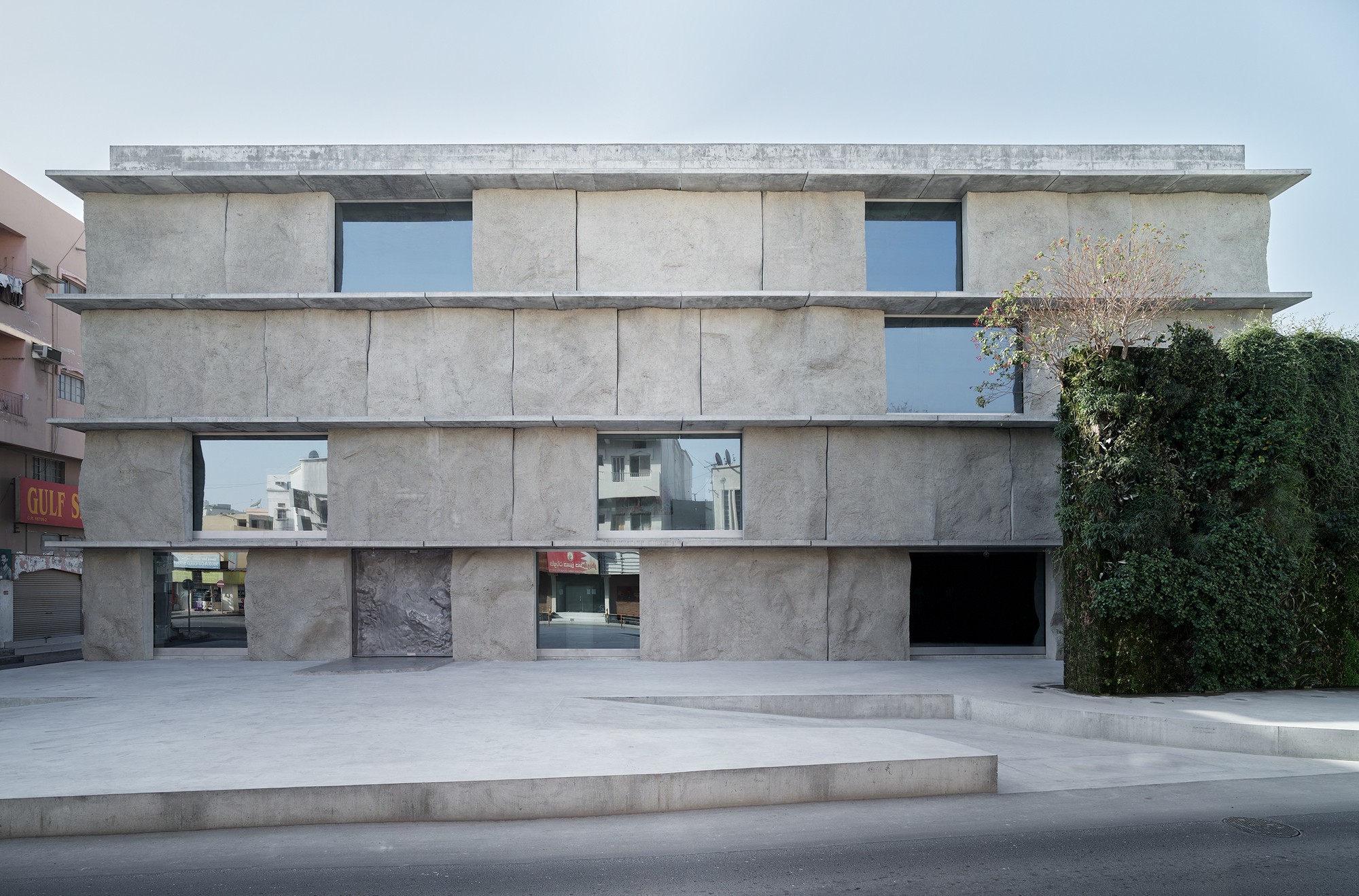
35 Green Corner Building | archdaily.com
Η “πιθανή αρχιτεκτονική”, μαζί με τον όρο της “υλικής χειρονομίας”, είναι οι δύο όροι που έχει επινοήσει και επιμένει να χρησιμοποιεί στις συνεντεύξεις του για να περιγράψει και να επικοινωνήσει το έργο του. Ο δεύτερος παρουσιάζεται αρκετά κρυπτικά από τον ίδιο ως οι μοναδικές χειρονομίες που υπαγορεύονται από κάθε συγκεκριμένο υλικό. Και συνεχίζει λέγοντας πως αυτή η διαδικασία ενασχόλησης με το υλικό παράγει αρχιτεκτονικές που δεν είναι αναφορικές ή αναπαραστατικές, ούτε αποτελούν αφαίρεση, αλλά είναι απλά μια προσπάθεια να υπάρξουν ως αυθύπαρκτες πραγματικότητες. Ενώ το τελικό αποτέλεσμα της αντιπαράθεσης της κλίμακας, που άλλες φορές πράγματα υπερμεγεθύνονται και άλλες φορές υπομεγεθύνονται, μοιάζει, μαζί με τους υπόλοιπους χειρισμούς του studio Anne Holtrop, να αποφέρει συναρπαστικούς αισθητικούς καρπούς και να ερεθίζει τα μάτια του δέρματός μας με τις κατάφορα απτικές του ποιότητες, ταυτόχρονα μας αναπτύσσει αμφιβολίες σε σχέση με την αστική τους υπόσταση από τη μία μεριά, και σε σχέση με τη συνεχή δήλωση της αισθησιακής τους ταυτότητας ως αντικειμένων υφής, ακανονιστίας, γρέζου και διακόσμου από την άλλη. Είναι προφανές πως αποτελεί μέρος μιας κεντρο-Ευρωπαίας παράδοσης, που έχει κατακτήσει ένα συγκεκριμένο βασικό επίπεδο εκτέλεσης και αναζητεί επιπλέον αρετές στον σχεδιασμό. Αν αυτές που έχουν τοποθετηθεί στο προσκήνιο από τον Holtrop είναι οι κατάλληλες, απομένει να αποδειχθεί.




